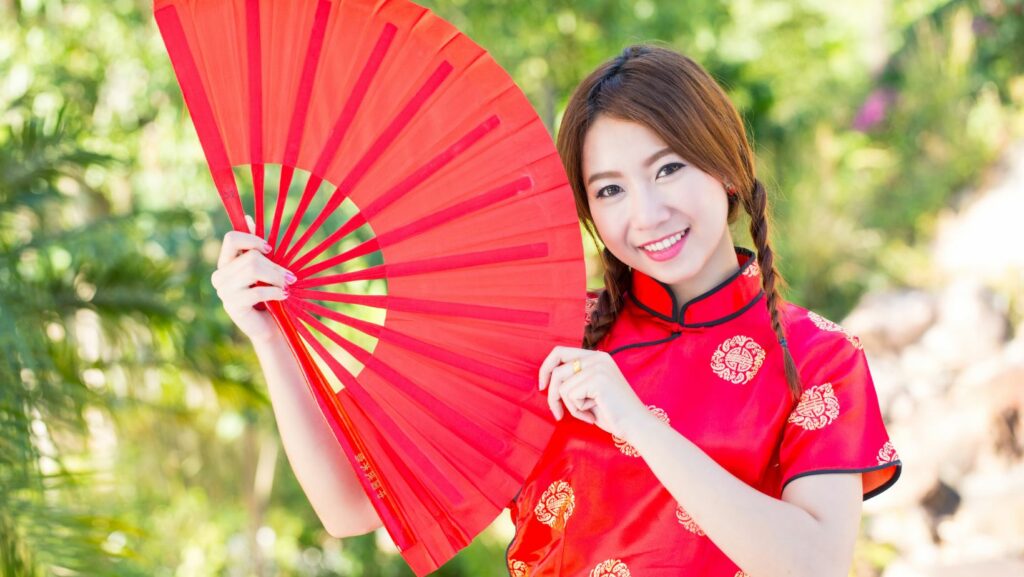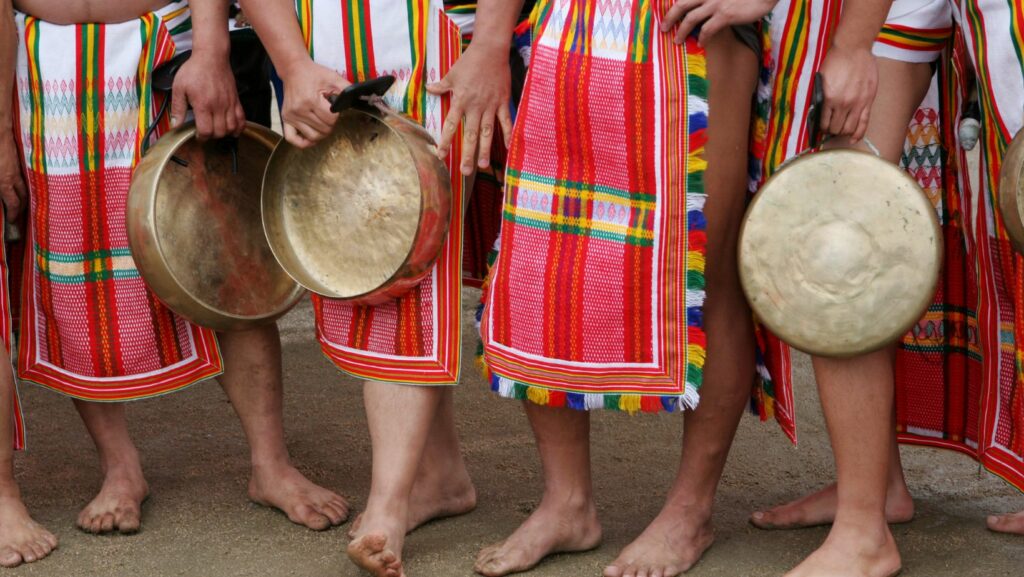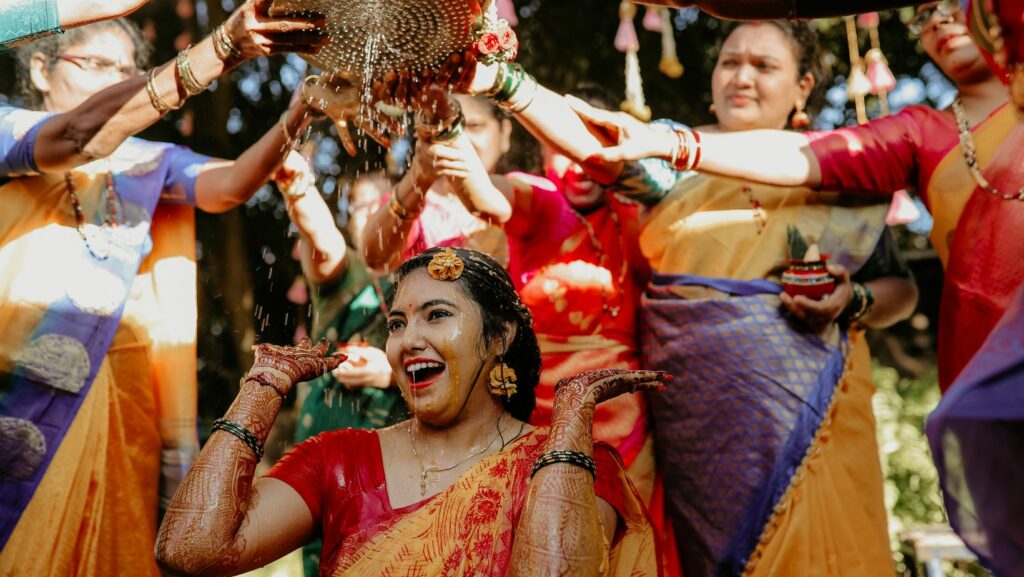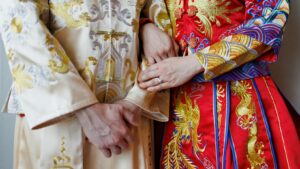 Chinese traditional wedding dresses are a captivating blend of history, culture, and symbolism that continue to enchant brides and grooms worldwide. These elegant garments, often rich in color and intricate in design, tell a story of heritage and tradition. From the iconic red qipao to the elaborate dragon and phoenix motifs, each element of the attire carries deep cultural significance. In Chinese weddings, red is more than just a color; it’s a symbol of luck, happiness, and prosperity. Brides often don this vibrant hue to ensure a joyful and successful marriage. The traditional wedding dress isn’t just about aesthetics; it’s a reflection of centuries-old customs that honor ancestors and celebrate new beginnings. As modern couples embrace these timeless traditions, the allure of Chinese wedding attire continues to grow, bridging the past with the present.
Chinese traditional wedding dresses are a captivating blend of history, culture, and symbolism that continue to enchant brides and grooms worldwide. These elegant garments, often rich in color and intricate in design, tell a story of heritage and tradition. From the iconic red qipao to the elaborate dragon and phoenix motifs, each element of the attire carries deep cultural significance. In Chinese weddings, red is more than just a color; it’s a symbol of luck, happiness, and prosperity. Brides often don this vibrant hue to ensure a joyful and successful marriage. The traditional wedding dress isn’t just about aesthetics; it’s a reflection of centuries-old customs that honor ancestors and celebrate new beginnings. As modern couples embrace these timeless traditions, the allure of Chinese wedding attire continues to grow, bridging the past with the present.
Chinese Traditional Wedding Dress
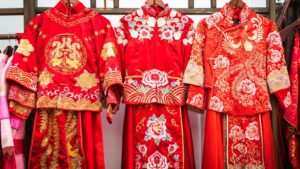 Chinese traditional wedding dresses hold significant cultural value and are celebrated for their intricate details and deep-rooted symbolism. The most iconic style is the Qipao or Cheongsam, a form-fitting dress often adorned with elaborate embroidery. This dress showcases a collar known as a mandarin collar and side slits, creating an elegant silhouette. Another prominent attire is the Hanfu, a robe with flowing sleeves and a broad waistband. Brides often wear red Hanfu to symbolize luck and joy, while the Groom dons a Tang suit, known for its distinct stand-up collar and elaborate patterns. Design features, such as dragon and phoenix motifs, represent power and harmony in marital relationships. These elements are meticulously crafted using gold and silver threads, enhancing the garment’s luxury and placing importance on tradition and aesthetics.
Chinese traditional wedding dresses hold significant cultural value and are celebrated for their intricate details and deep-rooted symbolism. The most iconic style is the Qipao or Cheongsam, a form-fitting dress often adorned with elaborate embroidery. This dress showcases a collar known as a mandarin collar and side slits, creating an elegant silhouette. Another prominent attire is the Hanfu, a robe with flowing sleeves and a broad waistband. Brides often wear red Hanfu to symbolize luck and joy, while the Groom dons a Tang suit, known for its distinct stand-up collar and elaborate patterns. Design features, such as dragon and phoenix motifs, represent power and harmony in marital relationships. These elements are meticulously crafted using gold and silver threads, enhancing the garment’s luxury and placing importance on tradition and aesthetics.
Elements Of Traditional Wedding Attire
Chinese traditional wedding attire embodies cultural richness and symbolism. It reflects profound heritage through specific design elements, stitches, and colors.
Qipao And Cheongsam
The Qipao, also known as Cheongsam, features a form-fitting silhouette that accentuates the bride’s elegance. Originating during the Qing Dynasty, it is typically crafted with luxurious silk or satin. The dress often includes elaborate patterns such as flowers or auspicious symbols, representing beauty and grace. Modern adaptations might incorporate lace or sequins to enhance contemporary appeal while maintaining traditional roots.
Dragon And Phoenix Embroidery
Dragon and phoenix embroidery is a prominent feature of Chinese wedding garments. These mythical creatures symbolize power and harmony in marriage, with dragons representing strength and power, and phoenixes embodying grace and beauty. The intricate designs are meticulously crafted with gold and silver threads, indicating wealth and prosperity. This embroidery is typically placed on the torso and sleeves, highlighting the unity and balance between two people.
Symbolic Colors
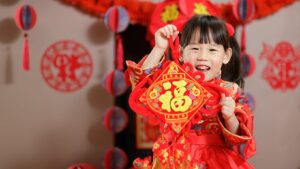 Color plays a significant role in Chinese wedding attire. Red dominates as it signifies luck, happiness, and fertility. It appears in dresses, decorations, and accessories. Gold often accompanies red to denote wealth and fortune. Green and blue might also be present, adding depth and contrast while symbolizing balance and tranquility. Modern interpretations blend these traditional hues with pastel shades, keeping cultural significance intact while appealing to contemporary tastes.
Color plays a significant role in Chinese wedding attire. Red dominates as it signifies luck, happiness, and fertility. It appears in dresses, decorations, and accessories. Gold often accompanies red to denote wealth and fortune. Green and blue might also be present, adding depth and contrast while symbolizing balance and tranquility. Modern interpretations blend these traditional hues with pastel shades, keeping cultural significance intact while appealing to contemporary tastes.
Regional Variations In Wedding Dresses
Chinese traditional wedding dresses showcase distinct regional variations, reflecting diverse cultural influences across the country. Each style carries unique features that emphasize local traditions.
Han Chinese Style
Han Chinese wedding attire, primarily inspired by the Hanfu, often includes red robes, embroidered with auspicious symbols like dragons and phoenixes. Silk or satin fabrics enhance the elegance, often featuring wide sleeves and flowing skirts. Han brides typically wear elaborate headpieces, crafted with pearls and gold, symbolizing wealth and beauty. The design prioritizes symmetry, representing harmony and balance in marriage.
Manchu Style
Manchu wedding dresses, influenced by the Qipao, exhibit a form-fitting silhouette with a high collar and side slits for ease of movement. Often crafted in rich red and gold tones, these dresses highlight motifs like cranes and flowers, symbolizing longevity and purity. The Manchu headdress, known as Liangbatou, is adorned with beads and tassels for additional splendor. This style often incorporates fur or velvet for warmth during northern weddings, adapting traditional elements to environmental needs.

